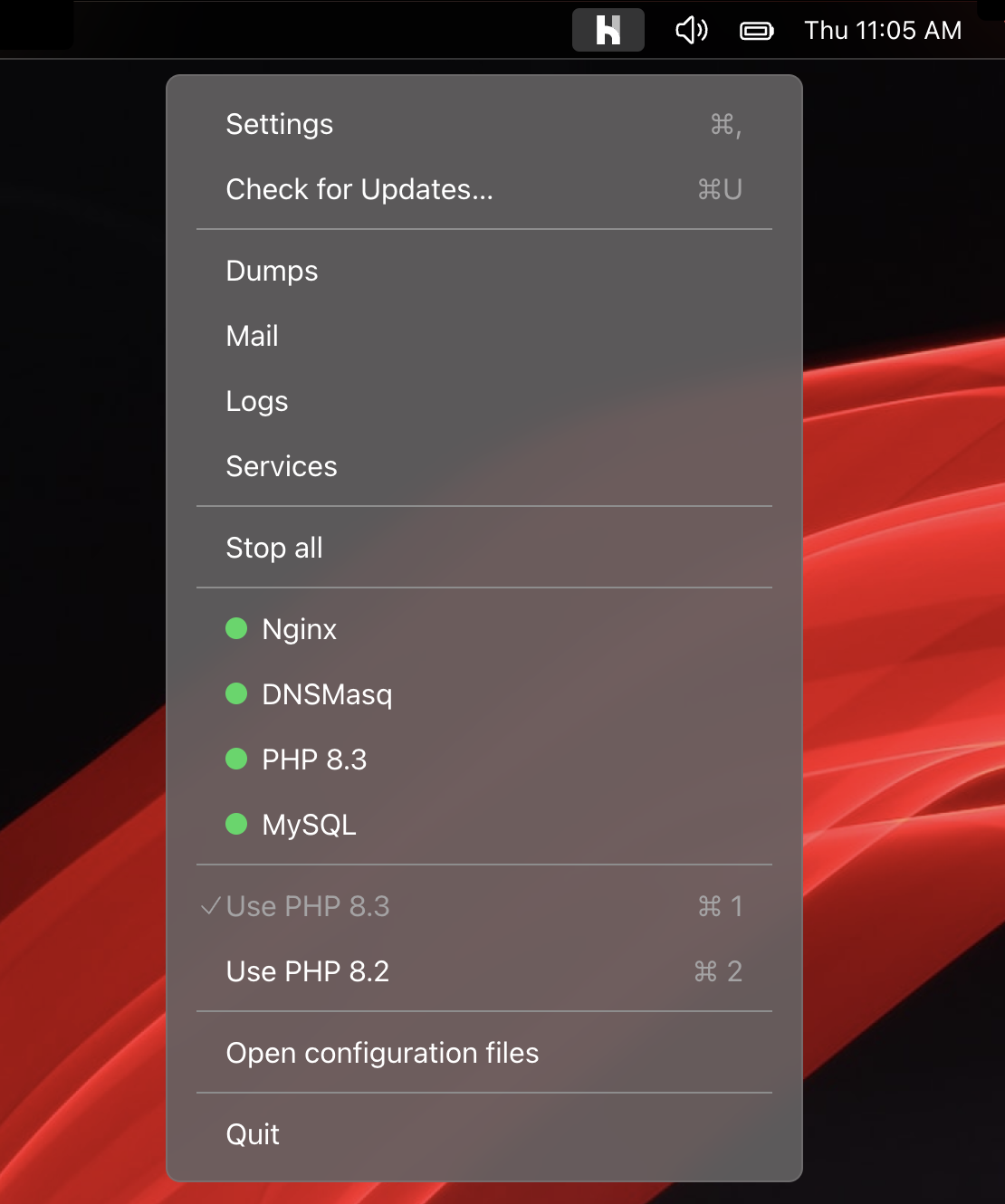Laravel Query Detector
Usage#
If you run your application in the debug mode, the query monitor will be automatically active. So there is nothing you have to do.
By default, this package will display an alert() message to notify you about an N+1 query found in the current request.
If you rather want this information to be written to your laravel.log file, written to your browser's console log as a warning or listed in a new tab for the Laravel Debugbar (barryvdh/laravel-debugbar), you can publish the configuration and change the output behaviour (see example below).
You can publish the package's configuration using this command:
php artisan vendor:publish --provider="BeyondCode\QueryDetector\QueryDetectorServiceProvider"
This will add the querydetector.php file in your config directory with the following contents:
return [
/*
* Enable or disable the query detection.
* If this is set to "null", the app.debug config value will be used.
*/
'enabled' => env('QUERY_DETECTOR_ENABLED', null),
/*
* Threshold level for the N+1 query detection. If a relation query will be
* executed more then this amount, the detector will notify you about it.
*/
'threshold' => (int) env('QUERY_DETECTOR_THRESHOLD', 1),
/*
* Here you can whitelist model relations.
*
* Right now, you need to define the model relation both as the class name and the attribute name on the model.
* So if an "Author" model would have a "posts" relation that points to a "Post" class, you need to add both
* the "posts" attribute and the "Post::class", since the relation can get resolved in multiple ways.
*/
'except' => [
//Author::class => [
// Post::class,
// 'posts',
//]
],
/*
* Define the output format that you want to use. Multiple classes are supported.
* Available options are:
*
* Alert:
* Displays an alert on the website
* \BeyondCode\QueryDetector\Outputs\Alert::class
*
* Console:
* Writes the N+1 queries into your browsers console log
* \BeyondCode\QueryDetector\Outputs\Console::class
*
* Clockwork: (make sure you have the itsgoingd/clockwork package installed)
* Writes the N+1 queries warnings to Clockwork log
* \BeyondCode\QueryDetector\Outputs\Clockwork::class
*
* Debugbar: (make sure you have the barryvdh/laravel-debugbar package installed)
* Writes the N+1 queries into a custom messages collector of Debugbar
* \BeyondCode\QueryDetector\Outputs\Debugbar::class
*
* JSON:
* Writes the N+1 queries into the response body of your JSON responses
* \BeyondCode\QueryDetector\Outputs\Json::class
*
* Log:
* Writes the N+1 queries into the Laravel.log file
* \BeyondCode\QueryDetector\Outputs\Log::class
*/
'output' => [
\BeyondCode\QueryDetector\Outputs\Log::class,
\BeyondCode\QueryDetector\Outputs\Alert::class,
]
];
If you use Lumen, you need to copy the config file manually and register the Lumen Service Provider in bootstrap/app.php file
$app->register(\BeyondCode\QueryDetector\LumenQueryDetectorServiceProvider::class);
If you need additional logic to run when the package detects unoptimized queries, you can listen to the \BeyondCode\QueryDetector\Events\QueryDetected event and write a listener to run your own handler. (e.g. send warning to Sentry/Bugsnag, send Slack notification, etc.)
Laravel Herd
Herd is a blazing fast, native Laravel and PHP development environment for macOS. It includes everything you need to get started with Laravel development, including PHP and nginx. Once you install Herd, you're ready to start developing with Laravel.
Herd is available for macOS and Windows.
Learn more